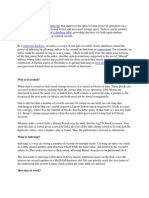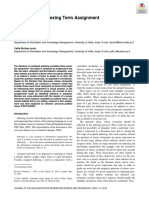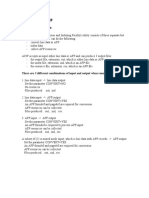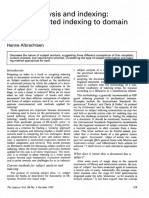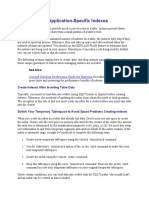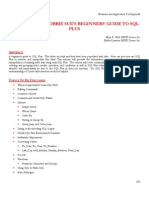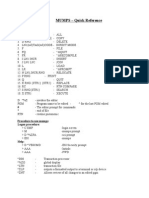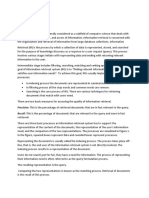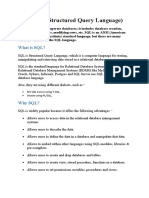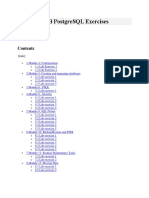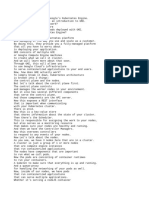0% found this document useful (0 votes)
126 views52 pagesPostgres Indexing for Developers
This document summarizes Postgres indexing options. It discusses traditional B-tree indexing and expression indexes. It also covers partial indexes that only index rows matching certain conditions. The document outlines bitmap index scans that can merge results from multiple indexes. It introduces non-B-tree index types like BRIN, GIN, GIST and SP-GIST indexes, and notes their specialized uses and performance characteristics. It also briefly mentions hash indexes and their limitations.
Uploaded by
Stephen EfangeCopyright
© © All Rights Reserved
We take content rights seriously. If you suspect this is your content, claim it here.
Available Formats
Download as PDF, TXT or read online on Scribd
0% found this document useful (0 votes)
126 views52 pagesPostgres Indexing for Developers
This document summarizes Postgres indexing options. It discusses traditional B-tree indexing and expression indexes. It also covers partial indexes that only index rows matching certain conditions. The document outlines bitmap index scans that can merge results from multiple indexes. It introduces non-B-tree index types like BRIN, GIN, GIST and SP-GIST indexes, and notes their specialized uses and performance characteristics. It also briefly mentions hash indexes and their limitations.
Uploaded by
Stephen EfangeCopyright
© © All Rights Reserved
We take content rights seriously. If you suspect this is your content, claim it here.
Available Formats
Download as PDF, TXT or read online on Scribd
/ 52


